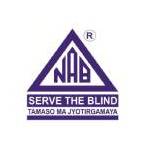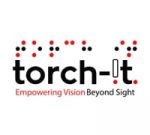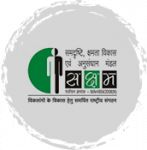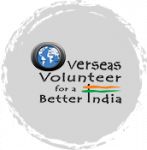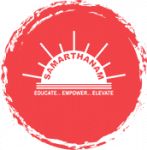In the era of technological advancements and modernity, we are progressing towards an automated world. With increasing population, the problem of unemployment is getting bigger. There is no security of jobs in the challenging work environment. Some people have to struggle through more to just fit in to this mainstream structure of the society.
According to United Nations, in developing countries, 80% to 90% of persons with disabilities of working age are unemployed, whereas in industrialized countries, the figure is between 50% and 70%. In most developed countries the official unemployment rate for persons with disabilities of working age is at least twice that for those who have no disability.
Persons with Disabilities (PWDs) are unemployed at a much larger scale than their counterparts in the workforce. The Americans with Disabilities Act (ADA) was enacted in 1990 with the hope that there would be modest gains in employment opportunities for Persons with Disabilities (PWDs) with these anti-discrimination statutes. Unfortunately, there remains a large gap in employment rates between PWDs and people without disabilities.
The Disabled face a lot of hurdles in the job market. This community is vastly underrepresented in the American workplaces. Further, And the general population does not have the awareness to understand that, often the disability is minor and such a person can still perform other functions quite efficiently. This is possiblye why the term “differently abled” is being increasingly preferred among professionals. It prevents misconceptions and prejudices about a person’s capability and is a more inclusive term.
Many differently abled people have sharp intellectual abilities and can be productive employees and if they are placed in appropriate jobs with some support from the organization, they can flourish in a nurturing environment just like any other person.
Additionally, differences in race, education level, gender, and resident state contribute differently to the dynamics of the overall unemployment rate. It is faced by everyone at some point in life but this adds a layer to the problems for persons with disability even more. Personal income of PWDs and complexities in access to opportunities are greatly dependent on a lot of factors. These inequalities hit harder on the minority groups and put a limitation on their rights of equal opportunities and fair justice.
Our research project takes a deeper dive into the demographic data provided by the US Census. By focusing on the intersectionality of PWDs and their associated identities, we will try to uncover the important aspects about different types of discrimination and bias within the workforce. We will be analysing the Census data through excel sheets, Python, and by creating an interactive dashboard through Tableau. Overall, our findings will highlight the barriers PWDs face in the employment arena and reveal the additional challenges that race and gender add to these inequalities.






